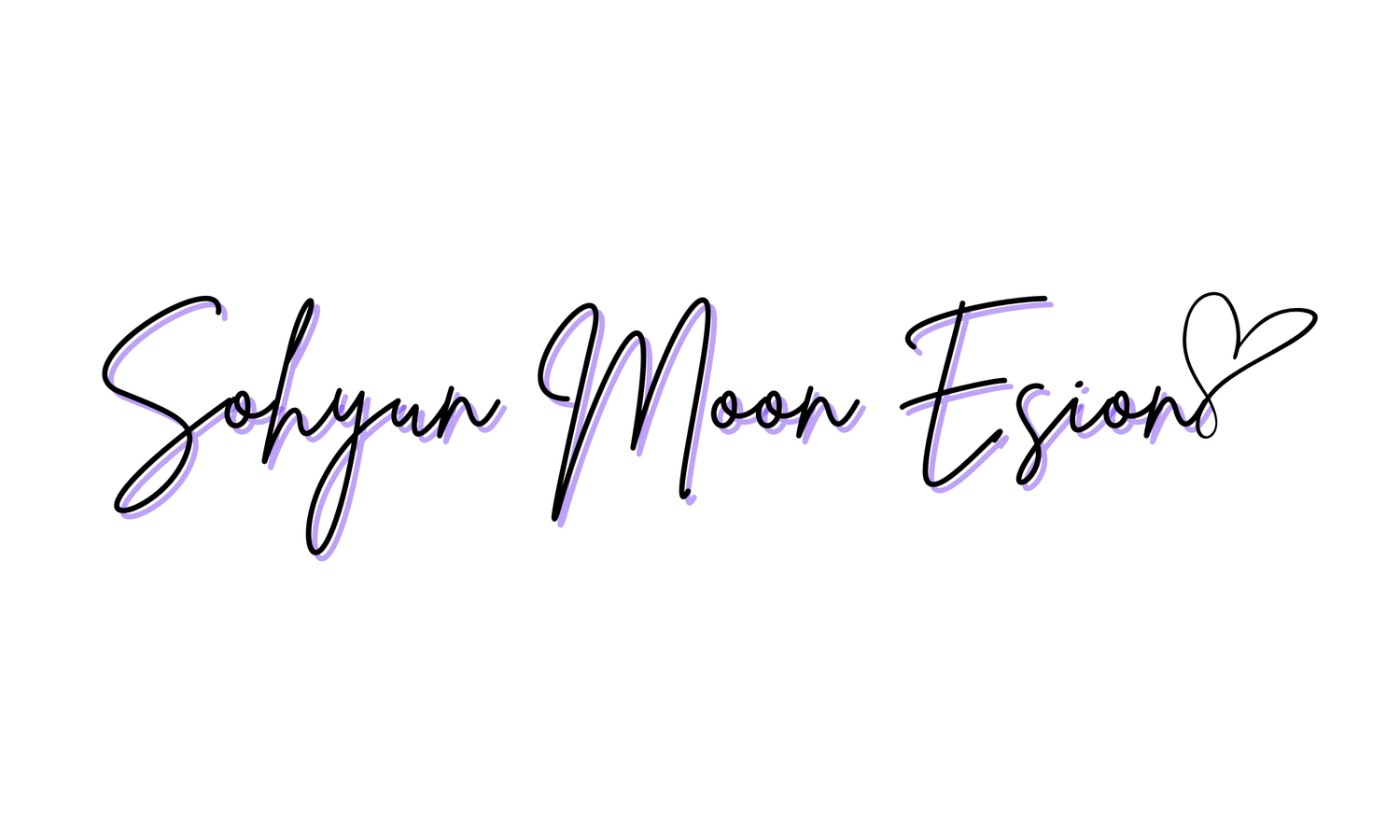예요, 이에요, and 있어요
These three Korean endings (**예요 / 이에요 / 있어요**) look similar but have **different meanings and grammatical functions**. Let’s break them down clearly 👇
### 🌸 1. **이에요 / 예요 — “to be” (am, is, are)**
These are **copula endings** (like the English verb *to be*).
They attach to **nouns** to say what something *is*.
| Ending | Used After | Example | Meaning |
| ------- | --------------------------- | ------- | ----------------- |
| **이에요** | A **consonant**-ending noun | 학생이에요. | (I) am a student. |
| **예요** | A **vowel**-ending noun | 고양이예요. | (She) is a cat. |
Ending
Used After
Example
Meaning
이에요
Noun ending in Consonant
학생이에요
(I) Am a strudent.
예요
Noun ending in Vowel
고양이예요
(She) is a cat.
🪄 Tip:
* Think of it as “= is/are/am.”
* No space before it — it attaches directly to the noun.
* The choice (이에요 vs. 예요) depends on the **final sound** of the noun.
📘 Example pairs:
* 저는 모델**이에요**. → I’m a model.
* 제 고양이**예요**. → She is my cat.
### 🌼 2. **있어요 — “there is / I have / to exist”**
This is the **verb 있다 (to exist, to have)** in polite form.
It shows *existence* or *possession*, not identification.
Usage
Example
Meaning
To show existence (there is/are)
사람이 있어요!
There is a person!
To show possession (have)
앵무새가 있어요.
(I) Have a parrot.
To show presence [in a certain place]
( SUBJECT am/is/are [in PLACE] )
강아지가 정원에 있어요.
The puppy is in the garden.
🪄 Opposite: **없어요** = there isn’t / I don’t have.
---
### 💡 Summary Chart
Function
Meaning in English
Structure
Example
이에요/ 예요
is / am / are
NOUN+이에요/예요
저는 작가예요.
( I’m a writer. )
있어요
have / there is/are
NOUN+이/가 있어요
책이 있어요.
( There is a book. / I have a book. )
---
### 🔍 Quick Comparison:
* ❌ 저는 작가 **있어요.** → ❌ wrong (mixing grammar)
* ✅ 저는 작가 **예요.** → ✅ I am a writer.
* ✅ 책이 **있어요.** → ✅ I have a book. / There is a book.
